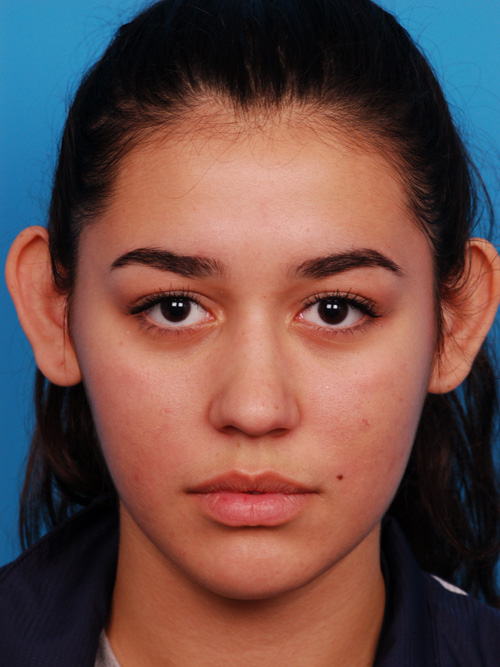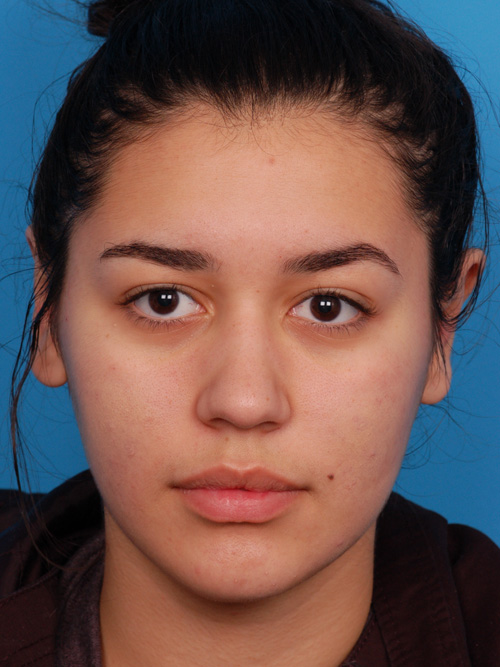Otoplasty in Newport Beach and Beverly Hills
 Otoplasty is a surgical procedure to reshape protruding or prominent ears. Commonly referred to as ear surgery, the procedure involves the molding and reshaping of the ear cartilage in order to create a more pleasing and balanced appearance.
Otoplasty is a surgical procedure to reshape protruding or prominent ears. Commonly referred to as ear surgery, the procedure involves the molding and reshaping of the ear cartilage in order to create a more pleasing and balanced appearance.
Who can have ear surgery?
Otoplasty is appropriate for individuals who are physically healthy and have reasonable expectations for improving prominent ears.
Can a child undergo an otoplasty / ear surgery procedure?
The surgery can be performed as early as age five and there are benefits to performing the procedure at an early age. First, the ear cartilage is generally more pliable when younger which may allow for less aggressive surgical techniques. Second, improving protruding or prominent ears at an early age can spare children the social stigma they might otherwise encounter at school. Otoplasty is also commonly performed on adults.
Why choose Dr. Batniji for an otoplasty surgery in Newport Beach?
Dr. Batniji is affiliated with several Southern California hospitals and accredited surgery centers. He commonly performs procedures at Newport Beach Surgery Center and at Hoag Hospital, where he serves as a member of the Department of Plastic Surgery and the Department of Otolaryngology-Head and Neck Surgery.
To view before and after otoplasty photos, click here for our Newport Beach ear surgery gallery.
How long does otoplasty surgery take?
Surgical times for otoplasty can range from thirty minutes to one and one-half hours.
Is ear surgery done with general anesthesia, or local anesthesia?
Dr. Batniji will discuss your options for anesthesia at the time of consultation, however he commonly uses intravenous sedation with local anesthesia when performing otoplasty on adults and general anesthesia when performing surgery on young children.
– Janelle S., San francisco, CA.
Where is the scar located after an otoplasty?
The incision is placed in a well hidden location behind the ear.
What takes place during an ear surgery / otoplasty?
There are several techniques and philosophies regarding otoplasty. While each surgery must be tailored to the individual patient, in general the surgery may involve the removal of excess skin and reshaping techniques on the ear and Dr. Batniji generally emphasizes cartilage-sparing techniques. Prominent ears are commonly caused by conchal excess or protrusion, in which case Dr. Batniji will perform a conchal setback by setting back the bowl-shaped cartilage of the ear with suturing techniques. If necessary, small amounts of excess cartilage may also be removed to allow for proper positioning. In some cases the antihelix, or outer rim of the ear, may require repositioning. Dr. Batniji again uses cartilage-sparing techniques to create a natural curve to the outer ear by placing special sutures called Mustarde sutures.
What is otoplasty recovery like?
Swelling, bruising and discomfort may result after the otoplasty surgery, and the discomfort can be treated with medication. A dressing is applied to the ears after surgery. Pediatric patients are required to wear this dressing for one week, after which time it will be replaced by a sports headband worn for an additional two weeks both day and night and then two more weeks just at night. Within one week after surgery, patients are often well enough to return to work or school. However, any activity which may threaten accidental trauma to the ear should be avoided for a month or longer.
Click here for aftercare instructions for Otoplasty patients



